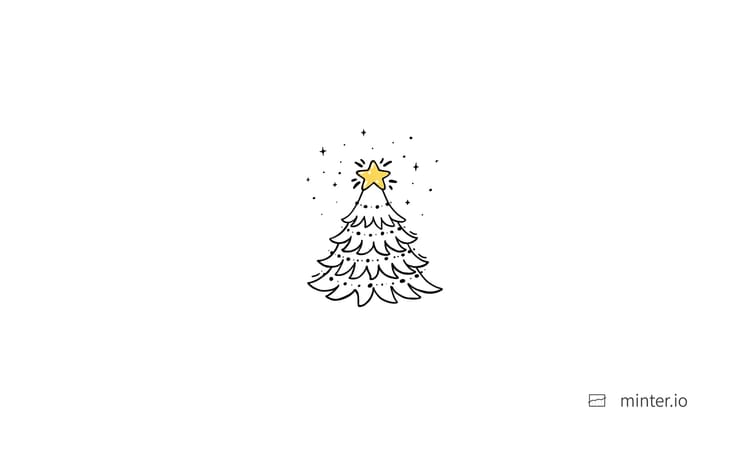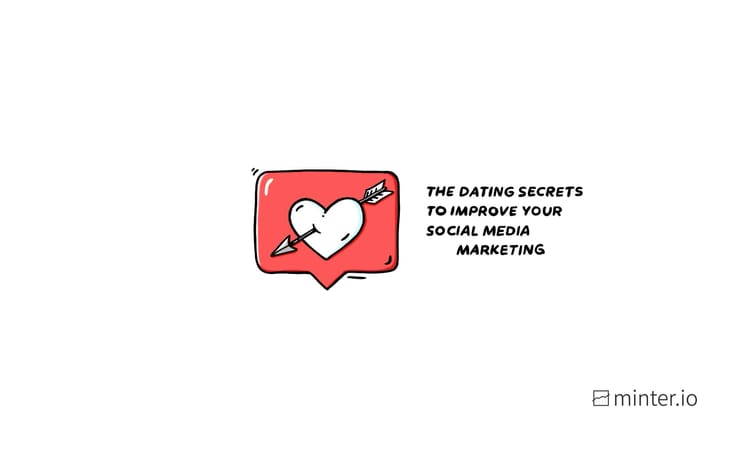How to feed any social media algorithm
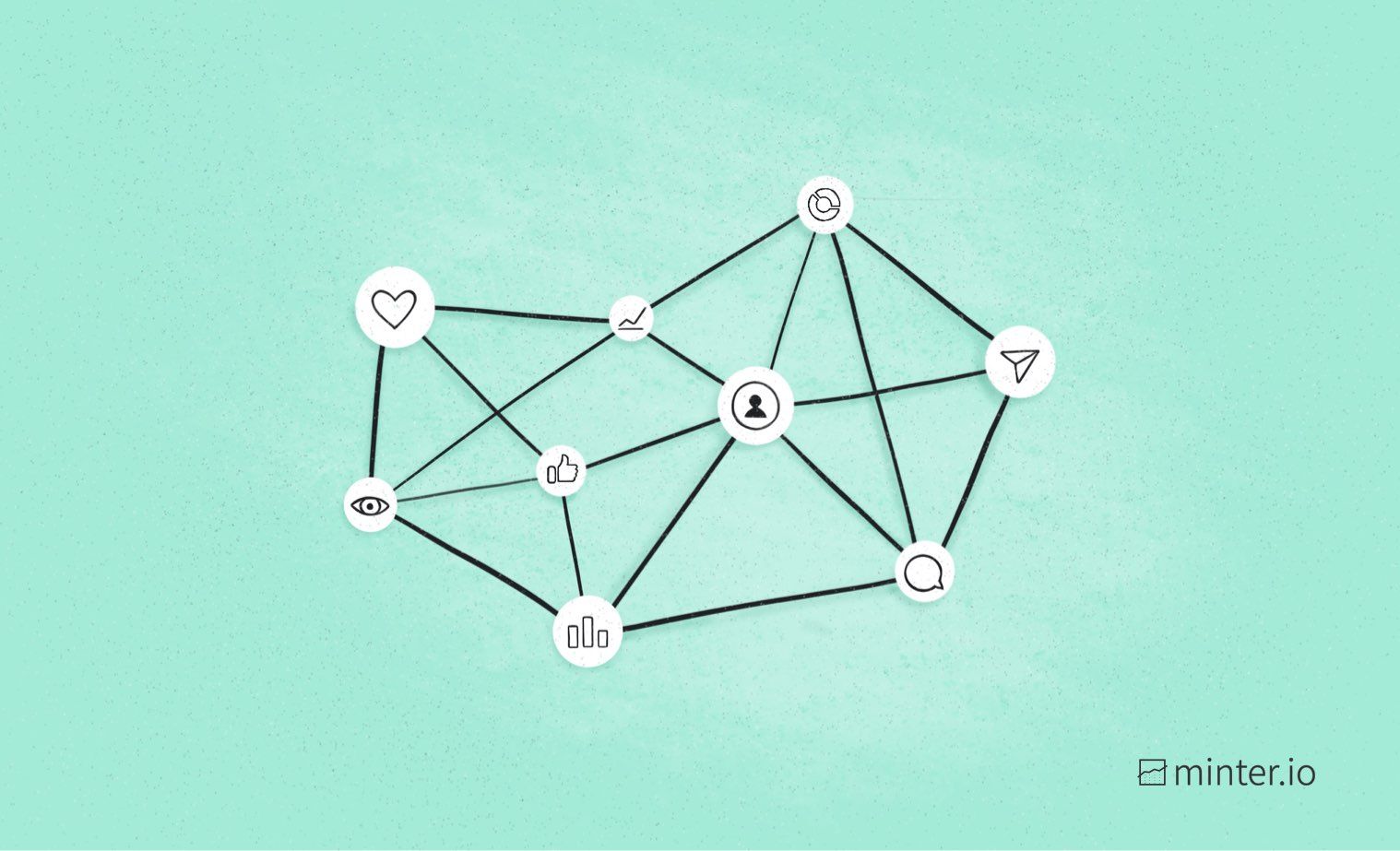
Oh, the illusive social media algorithm. I’m sure a decade or so ago I’d never heard the word ‘algorithm’ yet here we are designing our lives, careers, businesses and brands around these tricky little shapeshifters. In this article, we’ll be giving you the tools and mindset to tame this beast. Let’s transform the algorithm into a furry friend to snuggle up with instead of a wild, unruly creature you vow to never understand.
Why do algorithms exist?
If you’ve ever found yourself thinking life would be better without algorithms, you’re not alone. But much like cursing all bees while trying (and failing) to enjoy a picnic on a summer’s day, all the while fully knowing that bees are extremely useful for human survival, the algorithm has a very useful purpose too.
Before we fully explore the algorithm, let’s get some context in terms of the business of social media. What is the goal of social media for the platform owners? Well, it’s a business so the primary goal is to make money. The algorithm plays a big part in that because it dishes up adverts to the end consumer, but what’s the use in showing adverts if people don’t stick around long enough to gobble them up? It makes sense to create an algorithm that shows content that keeps users on the platform, viewing and engaging with content for as long as possible. This makes the social media platform more money through advertising.
Oh, it sounds so dirty and corporate but in reality, it’s actually doing you a solid because it aims to connect the end user with content they actually want to see and will actively engage with. It also aims to connect businesses shelling out for advertising slots with people who are part of a relevant target audience, who will actually look at the ads and might just find something they deem worth buying into.
Now we know why the algorithm exists, let’s befriend it. Here’s how…
Know who you’re serving
You’ve been invited to cater for a lunch on a sunny Sunday afternoon, so you whip up a potato salad spread and an assortment of fizzy pop. When you arrive, you learn it’s actually lunch for the president. It sounds silly, but this is exactly why posts don’t work on social media. It’s not that the algorithm works against creators; it’s because context is important. Creators turn up, having made a bunch of assumptions, not reading the room, not doing their research and not knowing who they’re feeding.
When it comes to social media platforms, you don’t cater for the same group of people (or in the same way) on every single one of them. Demographics, types of content, copy, emoji use and your own specific audience can vary greatly between platforms. In other words, just because something worked really well on your Facebook page, doesn’t mean it’ll work well on TikTok.

Ask yourself: why are people primarily on this platform?
It could be to:
- Be entertained
- Find information
- Connect with other businesses
- Stay in touch with friends
- Keep up with global trends
If someone is looking through LinkedIn, they won’t be looking for the same kind of content that they would find on Instagram.
This is because:
- The types of content you can view and create differ considerably
- The general demographic of people using the platform is different
- The environment is set up to support different goals
In essence, read the room before you jump the gun. It doesn’t matter how well you get to know the algorithm if you don’t know the audience.
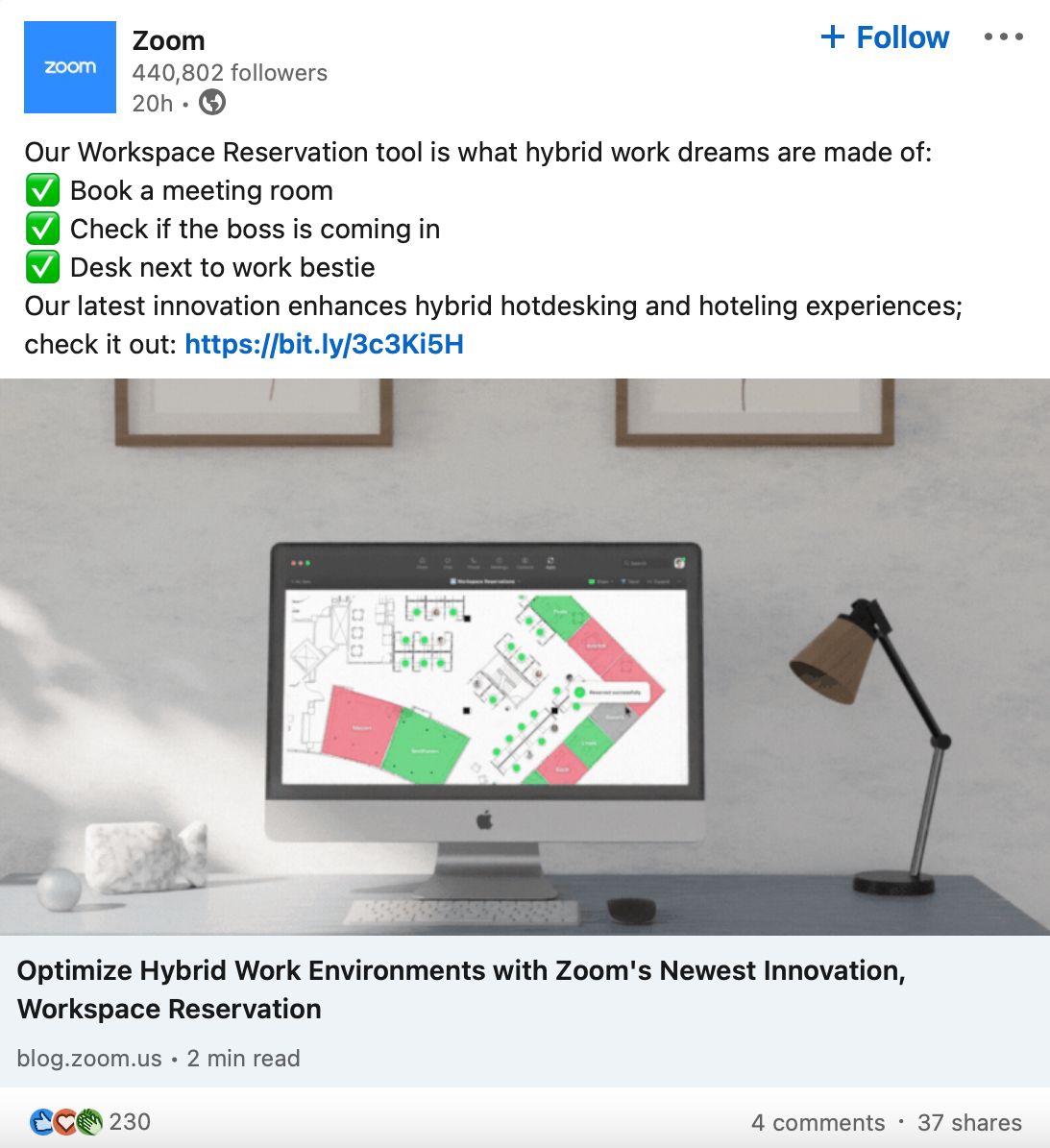
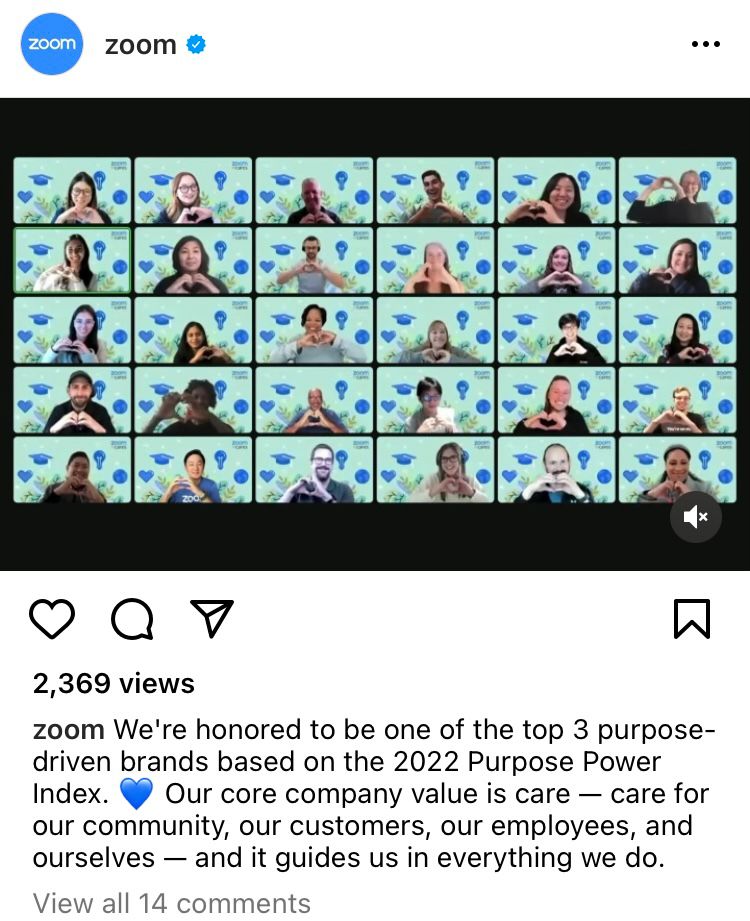
Get your portions on point
Many social media algorithms are time-sensitive. A new piece of content will generally be served up before older content, so providing enough fresh content to get seen is vital. But, what is ‘enough fresh content’?
When it comes to specific social media feeds, some are simply hungrier than others. You can get away with posting significantly more times a day on Twitter, while applying the same gusto on Instagram is likely to put people off. Equally, you don’t want to leave your audience begging for more content. Getting the balance right is important for keeping viewers engaged, without shoving too much in front of them.
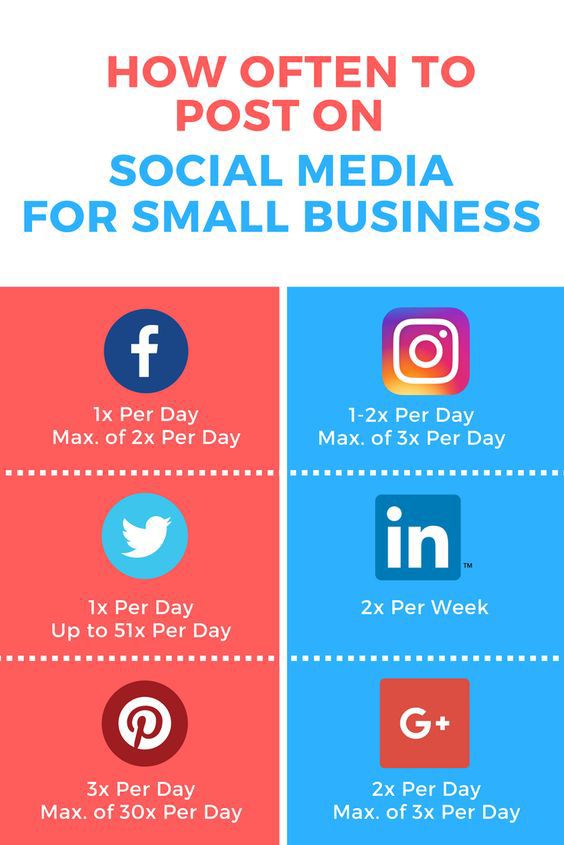
Plate up binge-worthy content
You know who you’re serving, you’ve chosen your platform wisely and you know how much of that content to provide. Now it’s time to get that algorithm working in your favour. Remember back to the beginning of this article. The goal of the algorithm is to give people more of the content they will look at, engage with and stay on the platform for. How can you align your efforts with this?
Firstly, when someone sees your stuff for the first time, they should be hooked with the first bite. There are so many ways to do this, so get creative.
You could create:
- Visually captivating imagery
- In-depth, intriguing information
- Bold copy with exciting emojis
- Videos with multiple cuts, music and text overlays
- Hilarious skits and sketches
- An incentive such as a sale or a discount
Secondly, learn about reach, impressions and engagement.
In a nutshell, reach is the amount of people that were shown a piece of content. The term impressions is the amount of times people viewed that content (including multiple views from the same account. Engagement is the amount of actions that were taken on the content (likes, comments etc.). To align yourself with the algorithm you have to have these working in harmony.
The more time users spend viewing your content and the more engagement your content gains after publication, the more reach it is likely to get. This gives the content more opportunity for more engagement and so the cycle continues. At Minter.io, we give you the ability to view your post performance within the first 24 hours of publication, which is hugely important for seeing what works early on in your content’s life cycle.
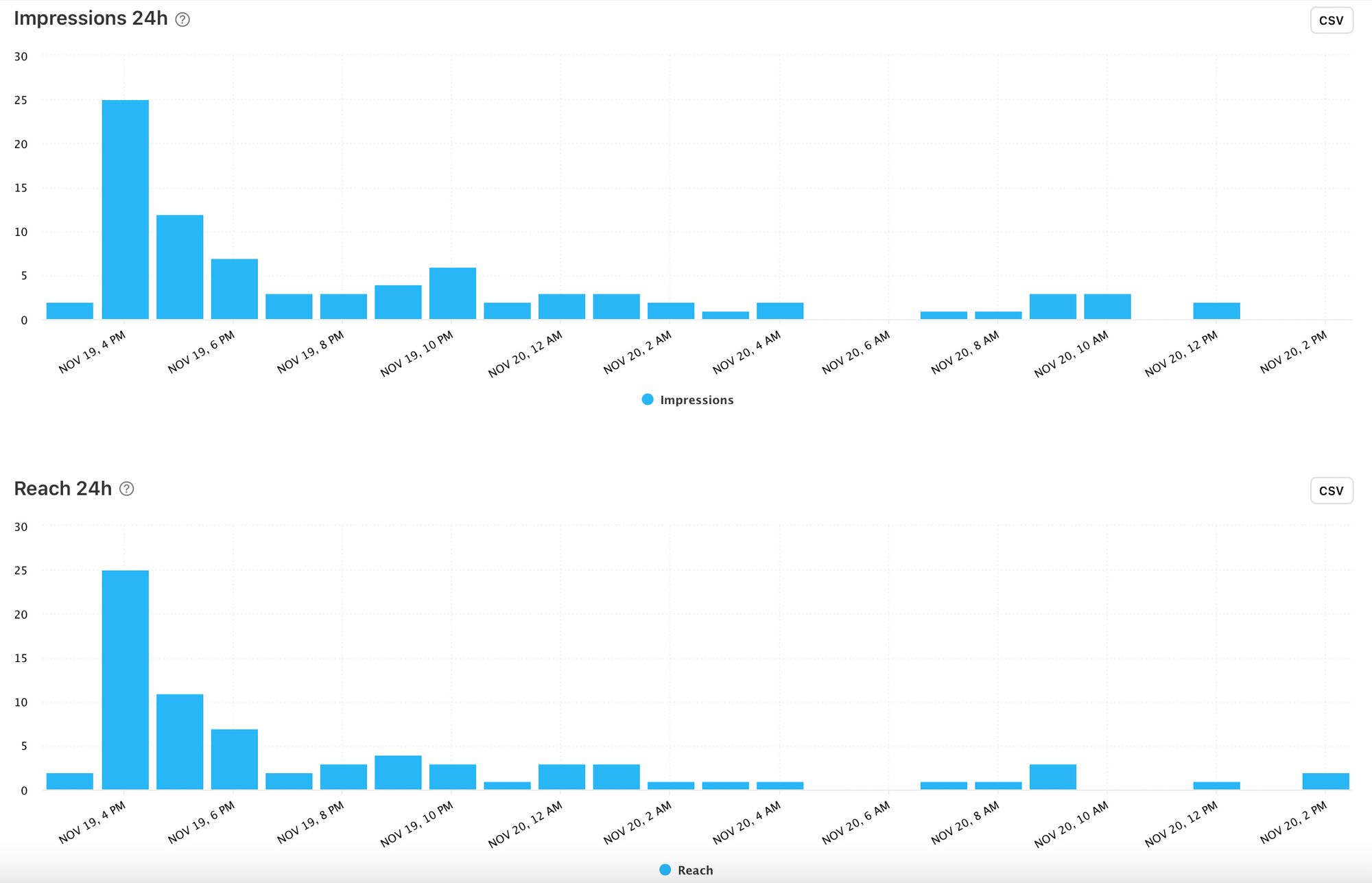
Thirdly, when something works - roll with it and repeat. If people are loving something you’ve created, the chances are they will stick around for more of it. The algorithm wants to keep people on the platform for as long as possible, so if viewers are binging multiple pieces of your content, that can work wonders for your blossoming relationship with both your audience and the algorithm.
Get the latest data scoop
What’s eye-candy for one is an eye-sore for another, so make sure you drizzle everything in knowledge you’ve gained from actually looking at your insights and analytics. It’s great to know what generally works on a platform, but it’s even better to know what works precisely for your own audience on each platform you use.
If you have a business account, on most social media platforms you can get some in-app insights. However, you can get more insights with Minter.io and the more information you arm yourself with, the better equipped you are to create content that works!
Learn about who your audience is, when they’re online, what they engage with, the best time to post for engagement and where you stack up against similar profiles.
Consumers can create their own course
The algorithm is the default setting for most social media feeds, however on some platforms users can view feeds without the standard algorithm.
On Facebook, viewers can switch between the feed, favourites and recent posts.
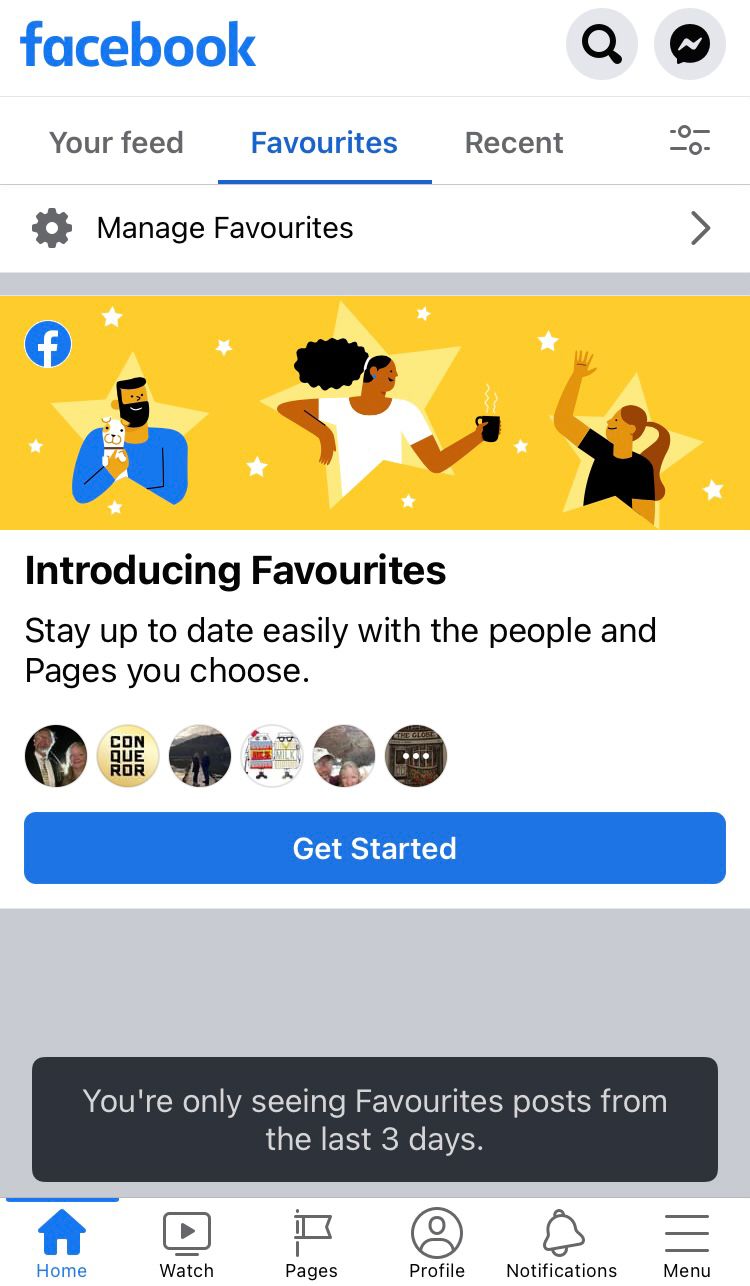
On Instagram, viewers can switch between the feed, following and favourites.
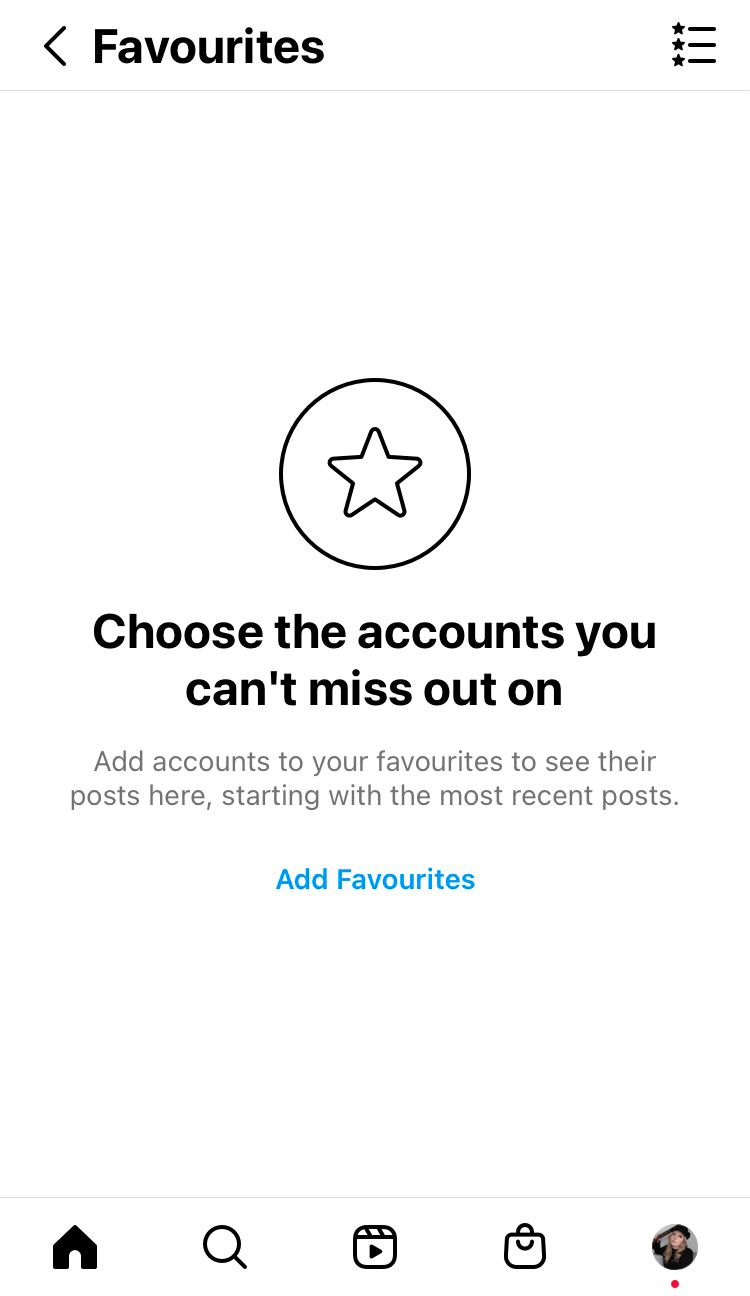

On Twitter, viewers can switch to the latest tweets.
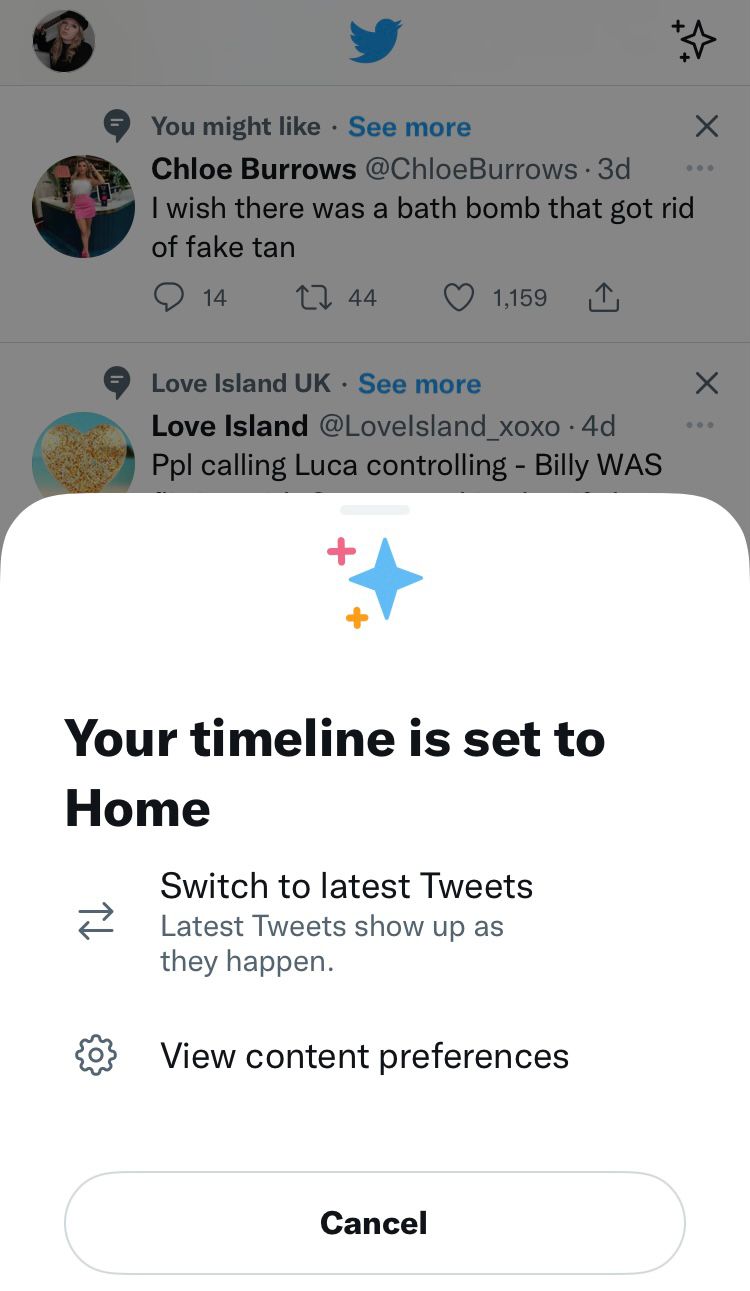
On TikTok, viewers can switch to see videos from accounts they’re following.
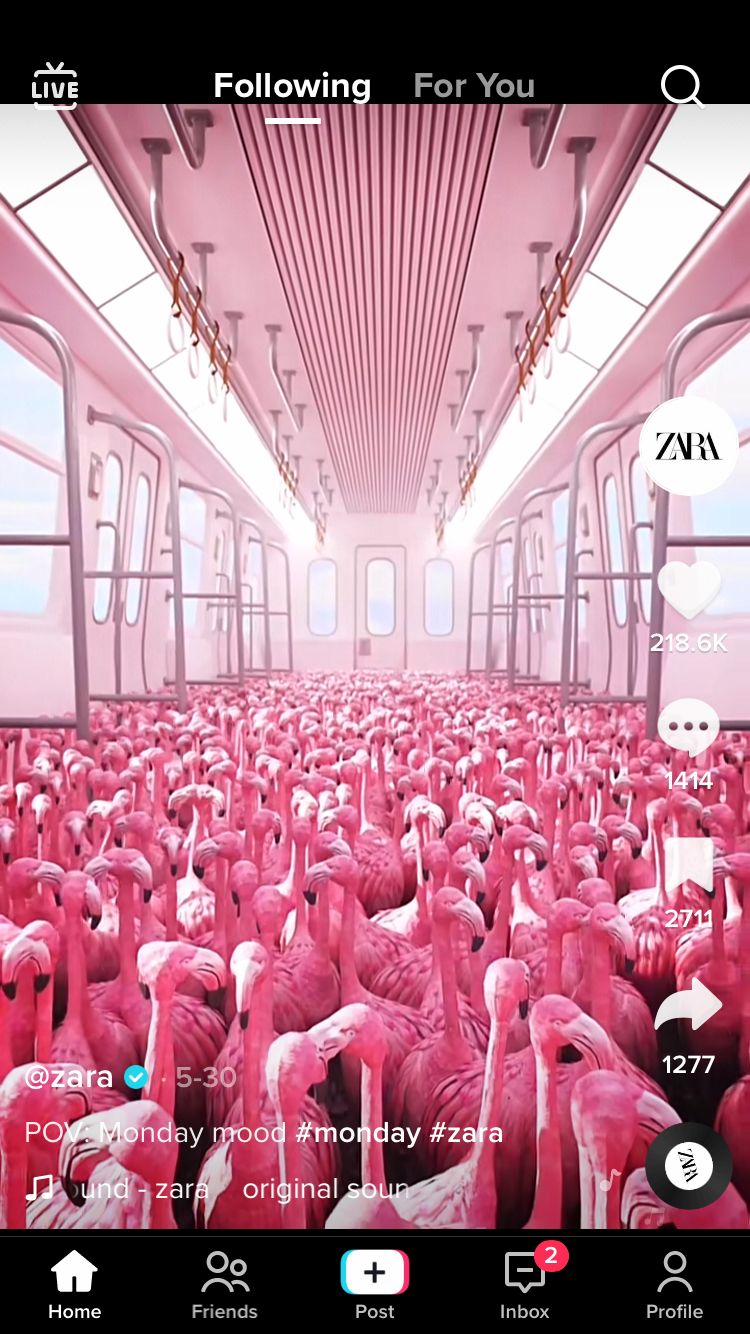
On LinkedIn, viewers can switch from top to recent posts.
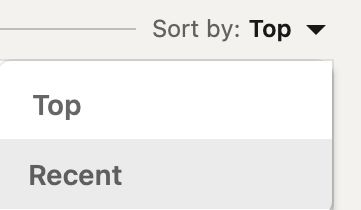
So don’t forget to make your posts worth consuming on a curated feed and to post when your viewers are likely to see your posts if they switch to recent posts.
Job done. We hope the algorithm makes a little more sense now you’ve come to the end of this article. Don’t forget, to satisfying your audience head to Minter.io and unlock analytics you can really get your teeth into.
Try Minter.io Analytics!→

